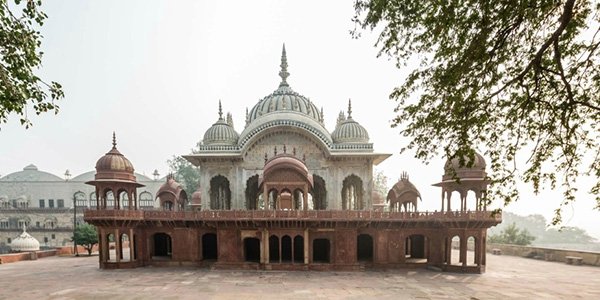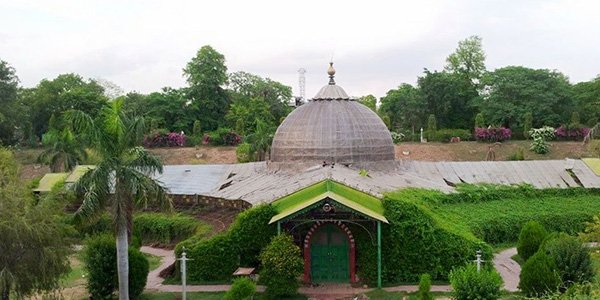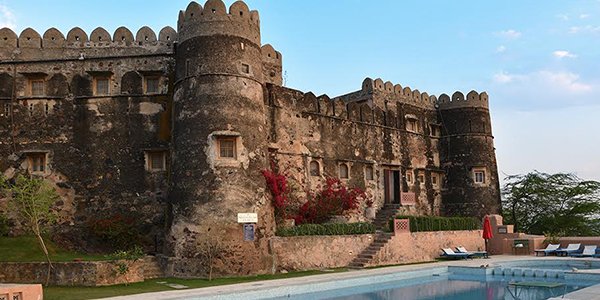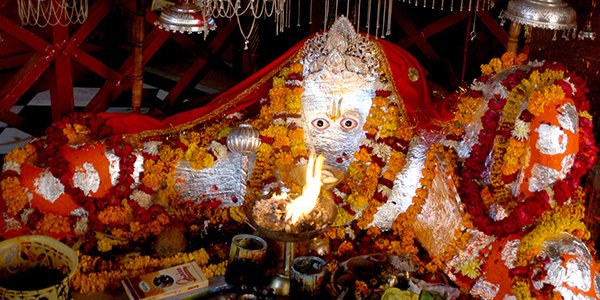Alwar Tour
Welcome to Alwar, a city steeped in history and nestled amidst the scenic Aravalli Hills in Rajasthan, India! Alwar is known for its majestic forts, serene lakes, and a rich cultural heritage. As you embark on your Alwar tour, get ready to be transported back in time as you explore ancient palaces, bustling markets, and immerse yourself in the tales of valor and royalty. With its iconic Alwar Fort, the picturesque Siliserh Lake, and the Sariska Tiger Reserve in its vicinity, Alwar offers a delightful blend of architectural splendor and natural beauty.
Explore the grandeur of the Alwar Fort, perched atop a hill, and marvel at its intricate architecture and panoramic views of the city. Discover the rich history of the region as you visit the beautifully adorned City Palace and the historic Bala Qila (Fort). Experience the tranquility of Siliserh Lake, surrounded by lush greenery, and indulge in boating or simply unwind in the peaceful ambiance. For wildlife enthusiasts, a visit to the Sariska Tiger Reserve is a must.
Embark on a safari and get a chance to spot tigers, leopards, and a variety of wildlife species. So, prepare to be enchanted by the regal charm, natural beauty, and warm hospitality of Alwar as you embark on a journey that promises to leave you with treasured memories. Let's begin our Alwar tour and uncover the timeless allure of this captivating city.

BALA QILA
The Bala Qila (young fort) was built on the foundations of a 10th century mud fort and is a towering structure set atop a hill. Strong fortifications, graceful marble columns and delicate latticed balconies make up the fort.

CITY PALACE
Built in 1793 AD by Raja Bakhtawar Singh, the City Palace is an amazing mélange of the Rajputana and Islamic styles of architecture. The highlight of this palace are graceful marble pavilions set on lotus flower bases.

THE PALACE MUSEUM
The Palace Museum is a must-visit for anyone with an interest in the opulent life and lifestyle led by the Maharajas of Alwar. Rare manuscripts, including one depicting Emperor Babur’s life, Ragamala paintings.

MOOSI MAHARANI
This cenotaph, built in the memory of Maharaja Bakhtawar Singh and his queen, Rani Moosi, reflects the Indo-Islamic style of architecture. The upper portion comprising columned pavilions and domed arches.

FATEH JUNG GUMBAD
This spectacular tomb, which is a combination of domes and minarets is an artistic marvel. Constructed from high quality sandstone, its massive dome can be seen from afar and is a blend of Hindu and Muslim architecture.

PURJAN VIHAR
One has Maharaja Sheodan Singh to thank for this attractive garden that was conceptualised and constructed in 1868. A picturesque place, locally known as Simla (the Summer House) was added to this garden to provide.

NEEMRANA FORT
History says that Neemrana Fort was built by the Yaduvanshis, believed to be the descendants of Lord Krishna. Its story is rife with conquests and defeats and it has passed from the Rajputs to the Mughals and the Jats, before finally coming the Rajputs.

HILL FORT KESROLI
This 14th century fort is best known for its turrets, ramparts and arched verandas. It was built by the Yaduvanshi Rajputs, who are said to be descendants of Lord Krishna. Today, the fort has been converted into a heritage hotel.

PANDU POL
A trail through the Sariska Sanctuary gate leads to this temple dedicated to Lord Hanuman. At the Pandu Pol or Pandu gate, gushes a spring that appears to magically cascade down from the hard and compact rocks. Legend has it that the Pandava.
